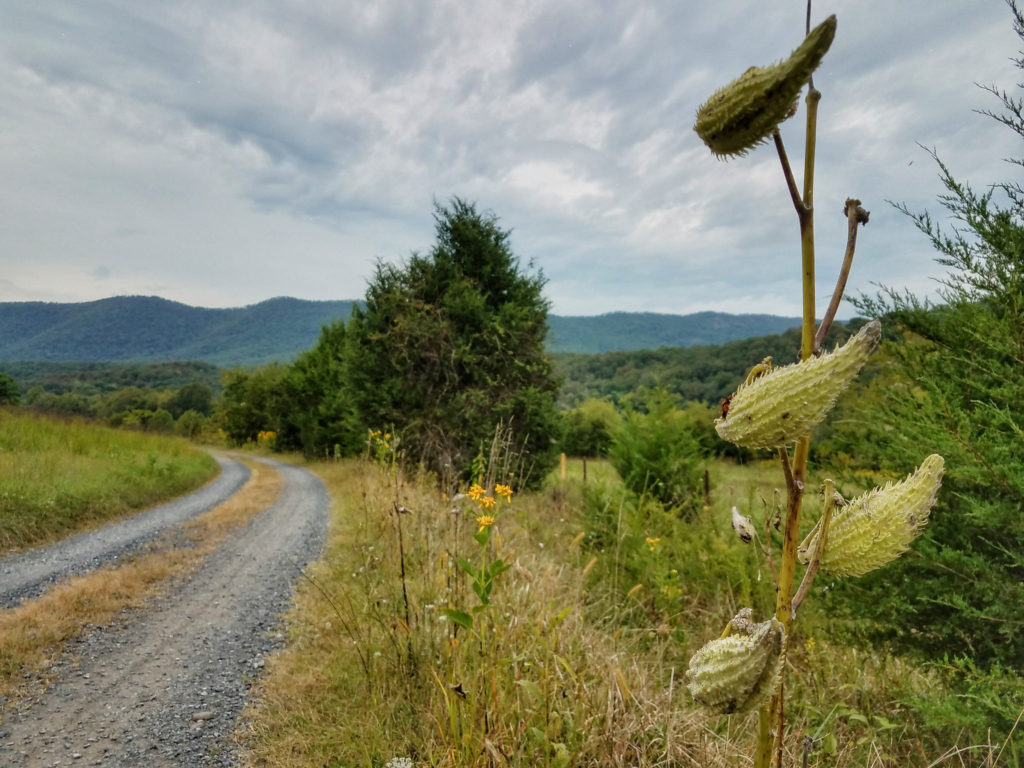Virginia’s Shenandoah Valley has been identified by its swaths of fertile, productive farmland since the Native Americans began farming the area long before European settlers arrived. Although the area, tucked between the Appalachian and Blue Ridge Mountains, was nicknamed the “breadbasket of the Confederacy” over a century and half ago, the industry has continued to thrive into the modern era.
Farming is not only an industry to those who have called the Shenandoah Valley home for generations, but a way of life – a blood-deep characteristic that is the reason that many flock to the areas between Winchester and Bristol and why many have stayed, building upon family farming legacies.
Though, it seems that in such an advanced technological era, the area’s industry is being prodded to change. In a report from the Daily News-Record, local government leaders are weighing decisions about a relatively new kind of “farm” that produces a different kind of the nation’s goods.
Last week, the Rockingham County Board of Supervisors tabled a request for a 151-acre solar farm near the Shenandoah County line, just south of New Market. However, this is not the sole technological encroachment in the rural region – it’s one of many proposed solar farm sites that may be located in the Shenandoah Valley.
In 2017, the town of Mount Jackson, 2,000-strong, approved a 160-acre solar farm. According to a report from The North Virginia Daily, California-based Cypress Creek Renewables purchased the project from Virginia Solar LLC in May, which is now planning a 220-acre expansion of the operation. If the Mount Jackson Town Council and the Planning Commission approve the forthcoming applications, the solar farm acreage will total at a burgeoning 380 acres. Although the expansion will not render the operation even near the largest in Virginia, it is a big step in the Shenandoah Valley’s new industry.
In Page County, local officials are also deciding on a similar fate for the area’s economy and production capabilities. The county, which boasts a population of less than 25,000, is tasked with approving a 559-acre solar installation just off Route 340, north of the town of Luray. Moreover, another 340-acre solar farm is being proposed to be located near the town of Stanley, which only has a size of approximately 700 acres.
Local constituents have come forth with concerns and opposition, with 200 people packing inside a Page County Planning Commission meeting on the matter on last Tuesday.
Some of the main concerns with the solar farm installation are the aesthetics, effects to area property values, and runoff from construction. Though, the benefits may outweigh the negative aspects.
The project would undoubtedly bring economic improvement to the area, which has a per capital income of just $22,683, according to 2016 figures from the U.S. Census Bureau. Furthermore, proponents of the project are touting preservation of land as a benefit, in addition to providing the area with clean energy.
Another Daily News-Record article stated that during the Page County Planning Commission’s May 22 meeting, representatives from The Dogwood and Cape solar companies, Jared Burden and Jessica Berger, told commissioners that the solar farm would offer an array of “significant financial benefits” with minimal impact once the installation is complete.
During the construction process, explained Berger, hundreds of workers will spend several months in Page County, spending money on food, lodging, and other services.
Burden told commissioners the projects would generate new tax benefits, including rollback and equipment tax revenue, as well as “positive publicity” seen by other localities from the clean energy projects.
Page County Commissioner of Revenue Becky Smith told commissioners the chief revenue source would come from a one-time generation of rollback taxes projected to total $153,000. Additional revenue generated by a change in land value is estimated at $52,000 a year, including both projects in the towns of Luray and Stanley, according to the report.
When it comes to ushering in a new future for the Shenandoah Valley, much consideration for history and tradition must be taken into account. For hundreds of years, the area has enjoyed a lifestyle of farming that harkens back to the days when America was first founded, building families and communities on hard work and production-based living. That is not something that should be disparaged, rather encouraged.
While the Shenandoah Valley may not be synonymous with the South’s breadbasket forever, it can be a lodestar for agricultural America by transitioning, albeit slowly, to becoming more prosperous, and being part of an energy revolution in America, which would preserve farming communities for generations to come.

